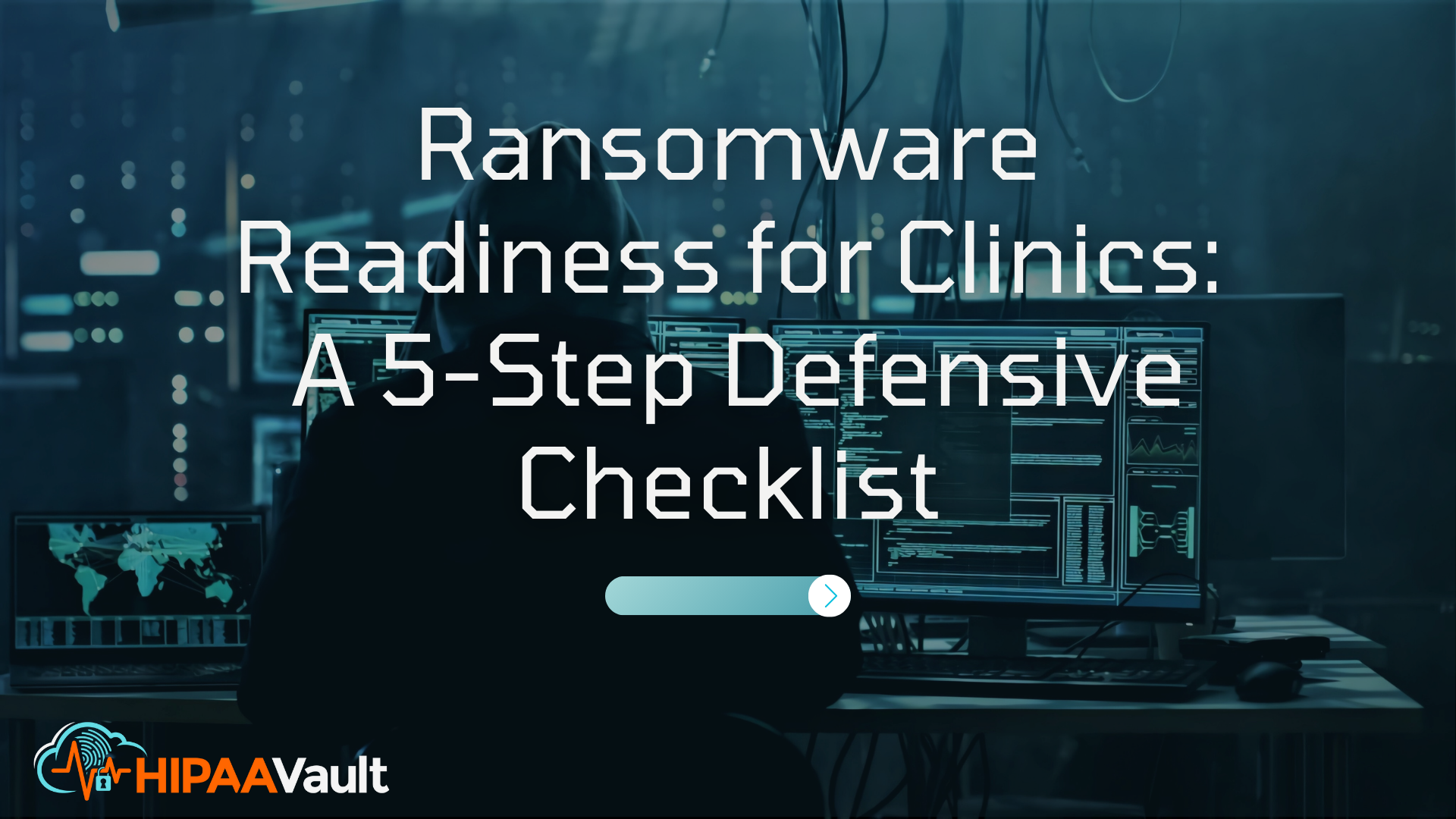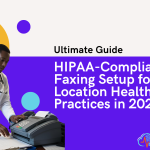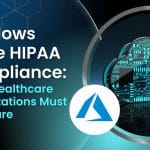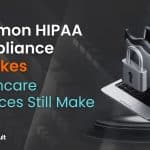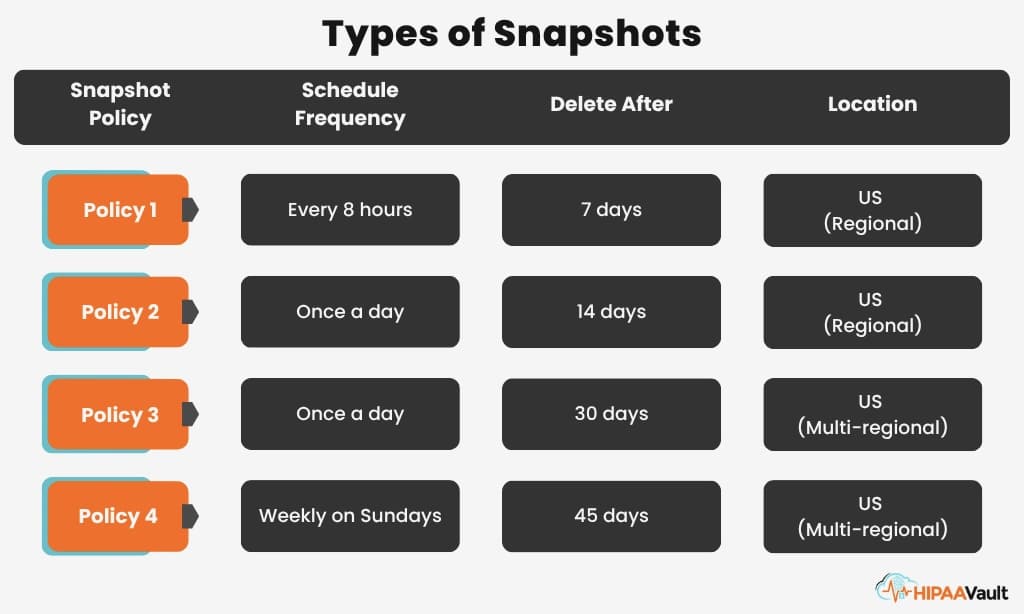Healthcare ransomware protection is not an option—it’s a critical necessity. In 2023 alone, over 59 million individuals were affected by ransomware attacks on healthcare systems, according to the U.S. Department of Health and Human Services (HHS). These attacks are becoming more sophisticated and more frequent, with clinics increasingly targeted due to limited IT budgets and legacy infrastructure.
The stakes extend far beyond system downtime and ransom payments. A successful ransomware incident can trigger HIPAA breach notification requirements, hefty fines from the Office for Civil Rights (OCR), and erosion of patient trust that can take years to rebuild. In this article, we present a fact-driven, five-step defensive checklist to help your clinic proactively strengthen its security posture, ensure HIPAA security compliance, and protect sensitive medical data against emerging cyber threats.
Step 1: Assess Your Current Vulnerabilities
A thorough risk assessment is the cornerstone of any robust cybersecurity strategy. Under the HIPAA Security Rule, clinics must regularly evaluate the potential risks to electronic Protected Health Information (ePHI). Begin by mapping every device, application, and process—EHR workstations, patient portals, imaging systems—that interacts with ePHI. During this inventory, you may discover unsupported operating systems or software lacking critical security patches. According to a recent NIST analysis, 60% of healthcare breaches stem from known vulnerabilities that had available fixes yet remained unpatched. By documenting these exposures and quantifying their potential impact, you can prioritize remediation efforts and demonstrate compliance. HIPAA Vault’s expert-led assessments combine automated scans with manual reviews to uncover hidden gaps and provide a clear, actionable roadmap for risk mitigation.
Step 2: Implement Multi-Layered Technical Defenses
Clinics face a diverse threat landscape—so a single antivirus solution simply isn’t enough. Modern clinic cybersecurity requires a layered approach that integrates endpoint detection and response (EDR), network segmentation, and advanced email filtering. EDR platforms monitor device behavior in real time and can isolate compromised endpoints before malware spreads. Segmenting your network ensures that if attackers penetrate a workstation, they cannot easily traverse to critical databases or imaging servers. Since 90% of ransomware campaigns begin with a phishing email, deploying next-generation email security tools that analyze attachments and URLs in sandboxes is essential. Complement these defenses with multi-factor authentication (MFA) on all administrative accounts and a rigorous patch management schedule: industry data shows that organizations applying critical patches within 30 days reduce breach likelihood by 66%. HIPAA Vault’s managed security services seamlessly integrate these controls, offering continuous monitoring and rapid incident containment.
Step 3: Establish Robust Backup and Recovery Systems
Reliable backups are your strongest defense against ransomware encryption. HIPAA mandates that ePHI remain available even after an incident, which translates into a clear requirement for encrypted, redundant backups. Adopting the proven 3‑2‑1 strategy—three copies of data on two media types with one copy offsite—guards against both local failures and cyber threats. Importantly, backups must be air-gapped or logically isolated so that ransomware cannot propagate to those copies. Beyond storage, clinics should schedule quarterly restoration drills to validate data integrity and recovery speed. In a study by the Ponemon Institute, organizations that regularly test backups restored operations 70% faster post-incident. With HIPAA Vault’s secure cloud backup, each dataset is encrypted in transit and at rest, and restoration can be initiated within minutes, ensuring minimal disruption to patient care.
Step 4: Develop and Test an Incident Response Plan
Without a practiced response, even the best defenses can falter under pressure. An incident response plan lays out specific roles—IT leads, compliance officers, communication liaisons—and step-by-step procedures for containment, eradication, and recovery. The plan must also address HIPAA’s breach notification requirements, triggering timely patient and OCR disclosures. Engaging legal counsel and law enforcement early can help navigate the complex regulatory landscape. Equally important is maintaining critical services: clinics should define manual workflows or secure alternative systems to continue patient care if primary platforms are offline. HIPAA Vault collaborates with clinics to draft customized response plans and conducts regular tabletop exercises, ensuring staff confidence and reducing decision-making delays during a real outbreak.
Step 5: Train Your Staff as Your First Line of Defense
Human error is implicated in over 95% of cybersecurity incidents in healthcare, often through phishing or misconfigurations. Transforming your workforce into vigilant defenders begins with tailored security awareness training. Staff should learn to identify suspicious emails, understand the risks of unsecured Wi-Fi, and follow clear protocols for reporting anomalies. Simulations—such as controlled phishing drills—offer hands‑on experience without real-world consequences, improving recognition rates by 50% over generic training. Beyond individual coaching, foster a culture where security concerns can be raised without blame, reinforcing accountability and continuous improvement. HIPAA Vault provides industry-specific training modules and analytics to track progress, ensuring that your team stays ahead of evolving threats.
Compliance Considerations Beyond Ransomware Protection
Each element of this checklist aligns with the HIPAA Security Rule’s administrative, physical, and technical safeguard requirements. By maintaining detailed documentation—risk assessments, system configurations, training records, and incident logs—you build evidence of good-faith compliance that can withstand OCR scrutiny. Moreover, proactively investing in these defenses yields tangible financial benefits: IBM’s 2023 Cost of a Data Breach Report shows that organizations with strong incident response and backup strategies reduce breach costs by an average of $2.66 million.
Partnering with HIPAA Vault for Enhanced Protection
HIPAA Vault delivers end-to-end security services designed for clinics, from comprehensive risk assessments and hardened hosting to 24/7 threat monitoring and encrypted backups. Our solutions scale with your growth and budget, ensuring you never outpace your defenses or compliance posture.
Conclusion: Take Action Today
Ransomware threats evolve daily, but so do the strategies to thwart them. Begin your clinic’s journey to readiness by conducting HIPAA-compliant risk assessment, upgrading your technical controls, and empowering your staff with specialized training. With HIPAA Vault’s expert guidance, you can build resilience, protect patient data, and maintain regulatory compliance—ensuring that your focus remains on delivering quality care.
Contact us today to become HIPAA-compliant.


